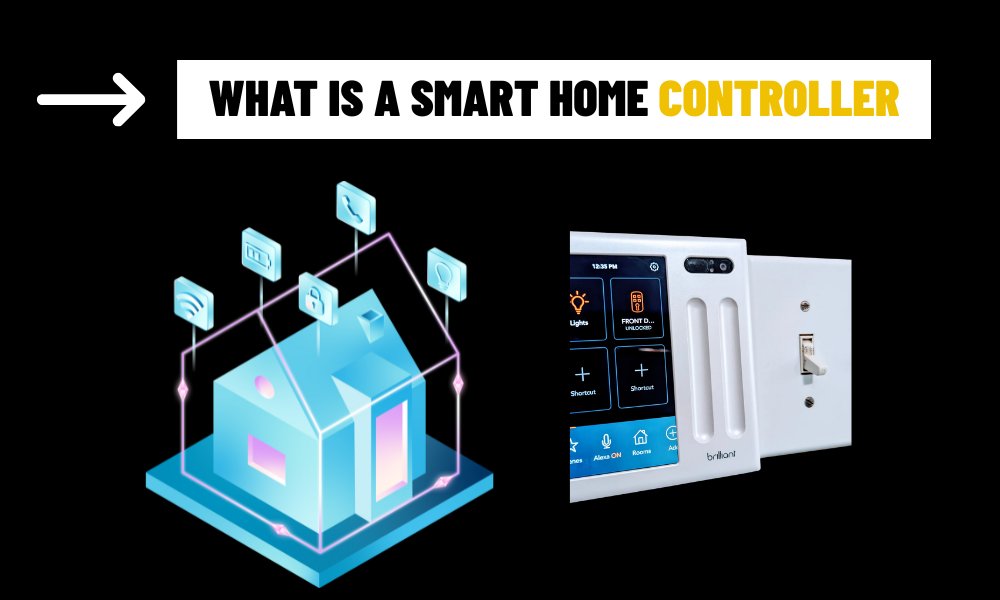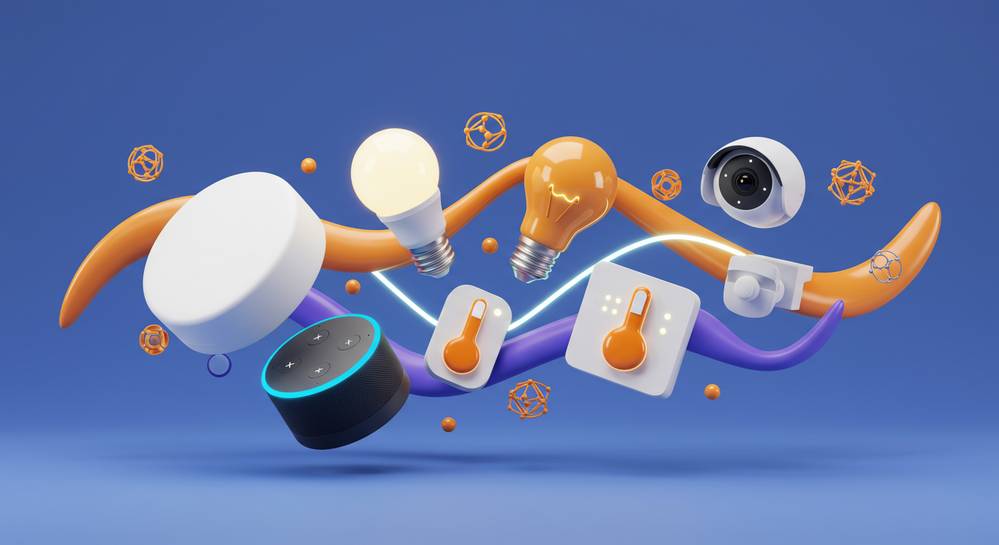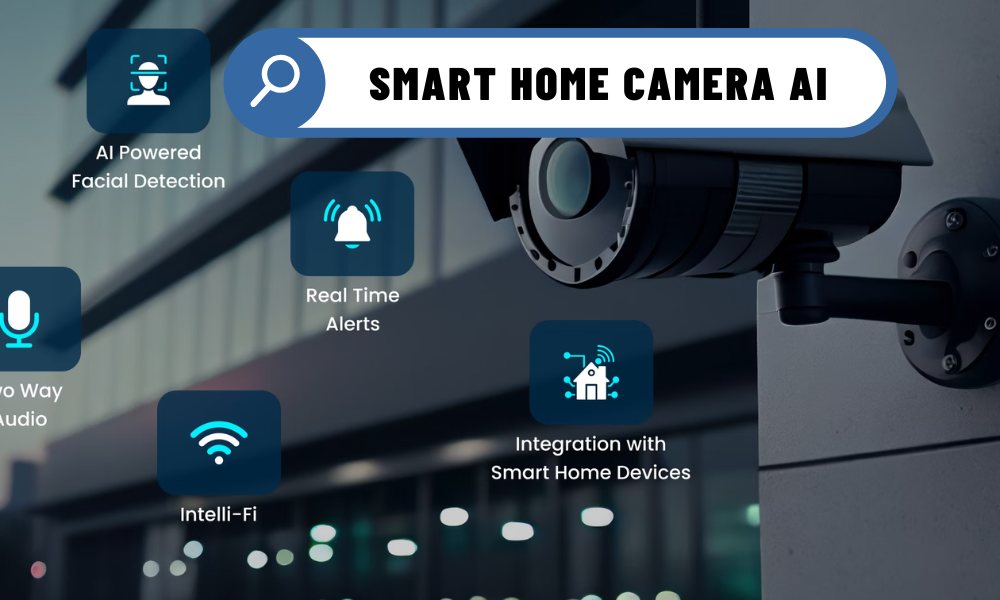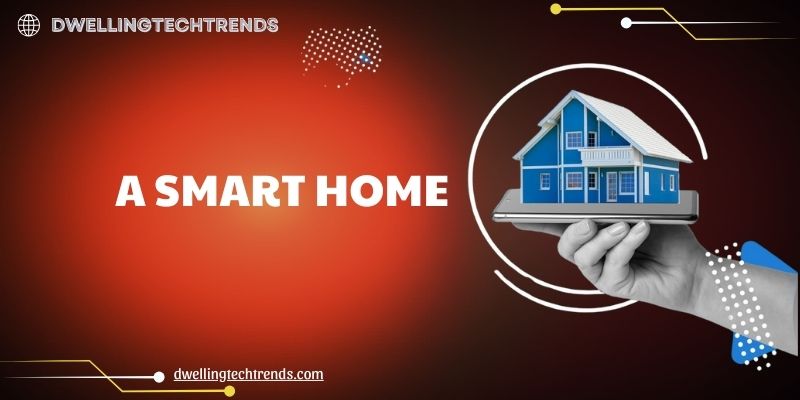In today’s fast-paced world, technology is reshaping every aspect of our lives — including the way we interact with our homes. A smart home controller is a cornerstone of modern home automation, enabling users to seamlessly control and monitor their home’s various smart devices from a central hub. This article explores the functionality, benefits, and best practices for using a smart home controller, all from the perspective of a seasoned expert in the smart tech industry.
Contents
What is a Smart Home Controller?
A smart home controller is a device or software platform that acts as the central command center for all smart devices in your home. It connects, manages, and automates everything from lighting, thermostats, and security systems to appliances, speakers, and entertainment setups. These controllers are typically designed to work via mobile apps, voice commands, or even physical interfaces like touchscreens or remotes.
At its core, a smart home controller simplifies daily living by making it possible to control various devices from a single point, enhancing convenience, security, and energy efficiency. Whether you’re using a smart speaker, a dedicated app on your phone, or a more complex automation system, a smart home controller ensures that everything works in harmony.
How Does a Smart Home Controller Work?
Smart home controllers use wireless communication protocols such as Wi-Fi, Bluetooth, Zigbee, and Z-Wave to link various devices in the home. Here’s a step-by-step breakdown of how they work:
Connectivity: The controller connects to the internet or a local network. This allows remote control of devices through a mobile app or voice assistant (e.g., Amazon Alexa, Google Assistant).
Integration: Devices such as smart lights, cameras, thermostats, and locks are linked to the controller. Integration can be done via the controller’s dedicated app or compatible third-party services.
Automation: Smart home controllers allow users to set up automated routines, such as dimming lights at sunset or locking doors when everyone leaves the house. Automation is one of the key features, allowing a more tailored and intelligent experience.
Voice Command: Popular voice assistants like Alexa, Google Assistant, or Siri can integrate with smart home controllers, enabling hands-free control of connected devices.
User Interface: Most smart home controllers have a simple, intuitive app or interface that displays all connected devices, allows customization of settings, and shows real-time data such as temperature or security alerts.
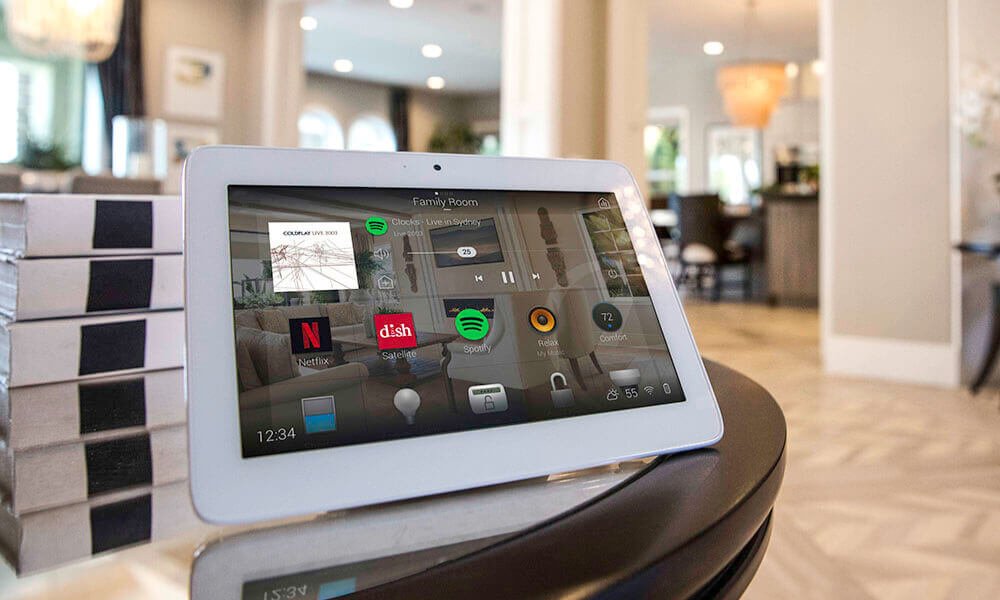
Benefits of Using a Smart Home Controller
Centralized Control: Instead of having to interact with each smart device individually, a smart home controller gives you a unified platform to manage everything from lights to locks.
Enhanced Convenience: Automating daily tasks such as adjusting the temperature or turning off the lights at specific times increases efficiency and convenience.
Improved Security: Many smart home controllers integrate with cameras, doorbells, and sensors, giving homeowners real-time surveillance and alert notifications when something unusual is detected.
Energy Efficiency: By controlling and automating devices like thermostats or lights, you can reduce energy consumption, ultimately lowering your utility bills.
Customization & Flexibility: With a smart home controller, you have the power to create personalized routines and schedules. For example, setting lights to simulate presence when you’re away or turning off all appliances at a specific time.
Popular Smart Home Controllers in 2025
Several leading smart home controllers have become favorites among tech enthusiasts and homeowners alike. Here are some of the most popular options:
Amazon Echo Show: With Alexa at its core, the Echo Show allows for voice control, video monitoring, and integration with a vast range of smart devices.
Google Nest Hub: Google’s smart home controller integrates seamlessly with Google Assistant and provides a touch interface for controlling your devices.
Samsung SmartThings Hub: Known for its wide compatibility with third-party devices, SmartThings is a robust and flexible controller that also supports advanced automation.
Apple HomeKit: Apple’s HomeKit offers a secure ecosystem, perfect for Apple users looking to integrate their smart devices with Siri.
Wink Hub 2: Although less popular, Wink offers easy setup and integration for a wide variety of devices, supporting Wi-Fi, Zigbee, Z-Wave, and Bluetooth.
A smart home controller is an essential tool for anyone looking to create a connected, efficient, and secure home. It’s more than just a “convenience” — it’s about making your home smarter, safer, and more energy-efficient. As technology continues to evolve, smart home controllers will only become more advanced, integrating even deeper with AI and machine learning to predict and cater to your needs. For anyone looking to simplify their home life, investing in a smart home controller is an excellent first step toward creating a fully automated living space.
